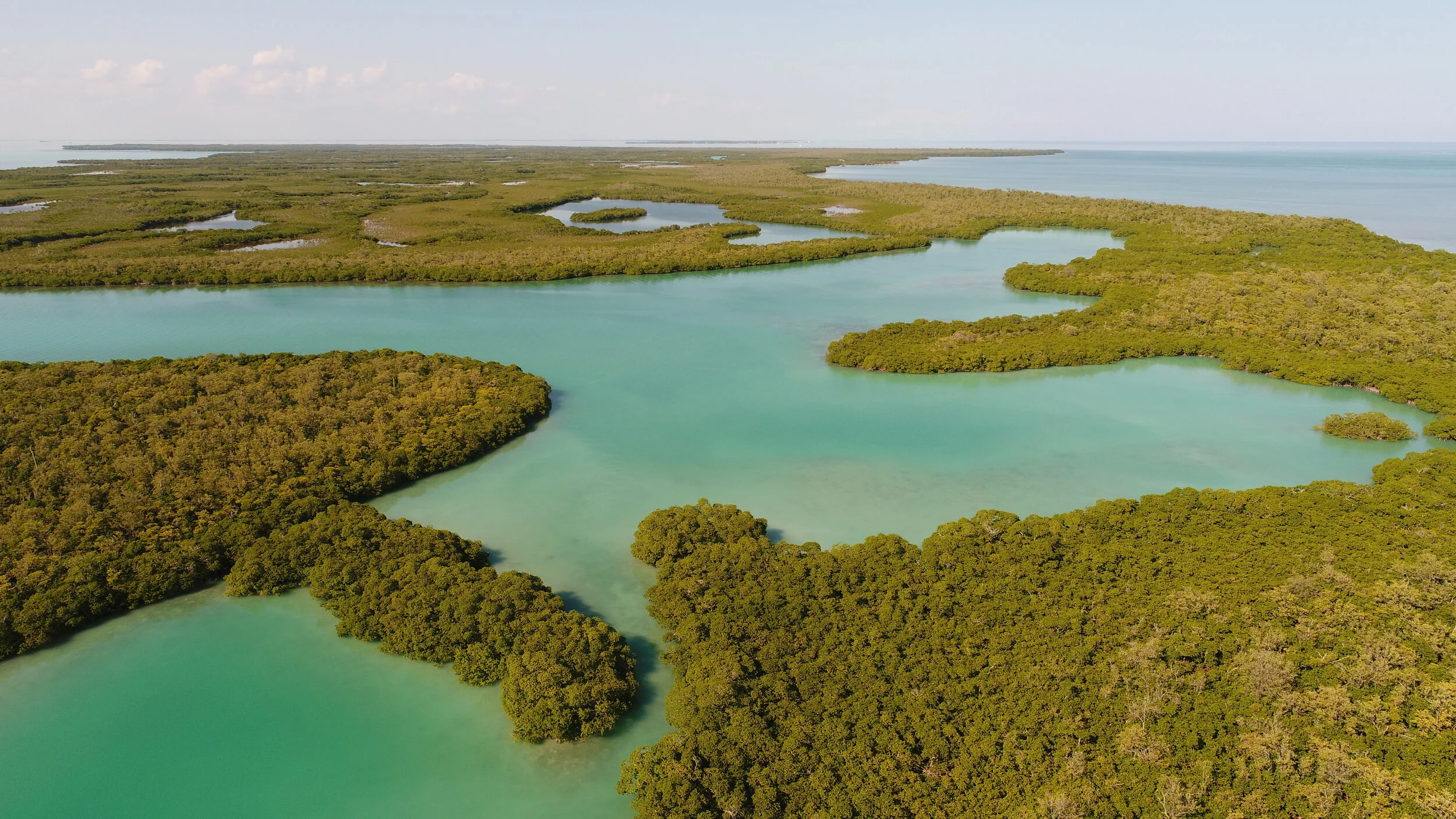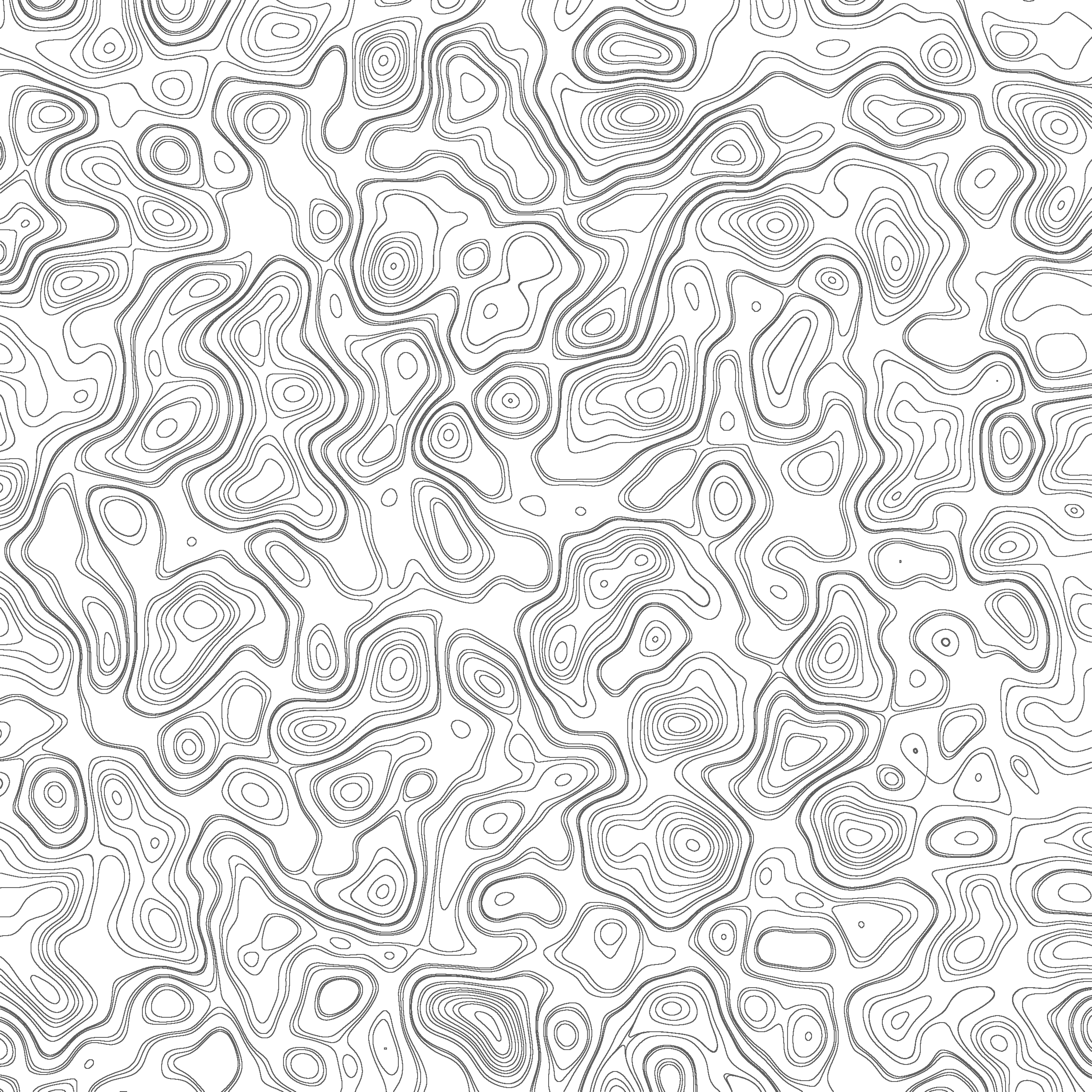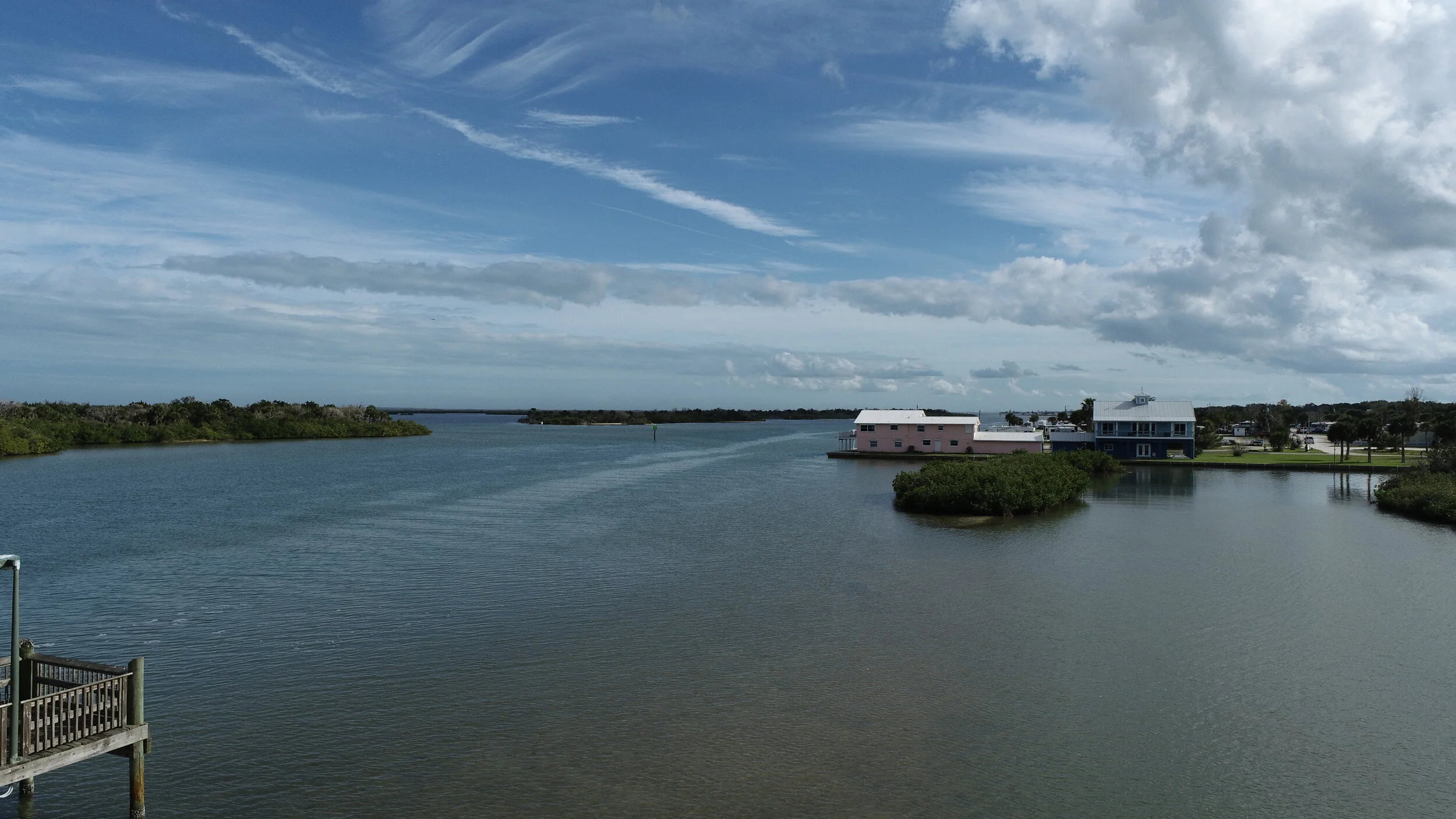
NSF Coastal Connections
Mapping Sense of Place in the Indian River Lagoon, Florida

About the Project
Our Indian River Lagoon coastal connections team of social scientists works with biologists and engineers to learn more about ecosystems and restoration projects within the lagoon. We do this to prioritize knowledge from community members, organizations, and citizen scientists using collaborative, interdisciplinary science.
Check out our interactive map (previewed on the side) so you may view knowledge shared by citizen scientists about their ideas related to sense of place and restoration in Indian River Lagoon (IRL).
Benefits of Online Mapping
To better identify the specific places where these connections are made within the IRL.
The motivations that contribute to an individual’s formation of sense of place and emotional attachment to the IRL.

Research Question
This study is guided by one major question:
Why are particular places in the Indian River Lagoon meaningful for people, and how can this sense of place inform restoration?

Project Goals
To better understand the role of natural systems in sustaining humankind.
To quantify the relationship between restoration success and impact, both within and between human and natural systems.
To assess the perceptions of stakeholders, the attitudes of stakeholders and community members, and the overall sense of place felt by those who frequent the Indian River Lagoon.

Interest in Coastal Communities
Coastal communities provide a dynamic location where complex relationships are established between human actors and natural systems.
We rely on these spaces for recreation activities, leisure, economic activities, storm protection, and a number of other services.

Restoration
Restoration efforts have often focused on the ecological functions of natural systems. Within this project, we attempt to focus more attention on the social dimensions of restoration efforts to better understand the relationship between people and the environment.
After all, people have the power to impact restoration success and the success of restoration can, in turn, influence the well-being of the community members surrounding that area.

The Indian River Lagoon does all of that and more for Florida’s East Coast.
The area supports jobs in commercial and recreational industries purchasing more than
$250 Million
in annual income.
The Indian River Lagoon occupies more than
30%
of Florida’s East Coast.

Funding through the National Science Foundation
The CNH Coastal Connections work is one part of a larger $1.6 million NSF-funded project at UCF titled “ Restoration and Resilience in Coupled Human-Natural Systems: Reciprocal Dynamics of a Coastal Lagoon” led by Drs. Linda Walters (PI), Lisa Chambers, Timothy Hawthorne, Kelly Kibler, Fernando Rivera and Geoffrey Cook.
Disclaimer
This project is funded by National Science Foundation Coupled Natural-Human Systems Program Award #1617374. Any opinions, findings, and conclusions or recommendations expressed in this material are those of the author(s) and do not necessarily reflect the views of the National Science Foundation.

